Hisserdude
Dynastes
I had a topic on these a few years back, and was going to add some photos that i forgot to add, but it appears to be gone. Anyways, I guess I will kinda recreate it, with more info and photos.
I kept the adults in a 24 oz tupperware container, with moist coconut fiber as the substrate. I had about a dozen adults, which ate dog food and dead mealworms. I kept a milk cap filled with wet toilet paper in one corner, and i would pour water over it every week. One day, i went to replace the toilet paper in the cap, and found 3 or 4 eggs in the folds of the paper. I dug around the surrounding substrate, and found even more eggs. The surrounding substrate was very moist/wet. I separated the eggs to a small container with a thin layer of moist toilet paper. In about 4 days, I found 2 little larva crawling around. I separated the larva, and put them each in their own container. They ate dead mealworms (Eleodes larva). Over the next few days, more eggs hatched. The adults were laying eggs nonstop, every other day there would be another 4 eggs! Unfortunately, the larva were very weak, and prone to die off for no apparent reason. However, the adults were laying so much eggs that such losses were easily replaced. Eventually, I was starting to run out of food (I only had 1 or two darkling beetle species at the time, and no actual yellow mealworms). The adults had died of a fungal infection, due to having too much dog food in their diet. I released all but three mature larva. All but one died before pupation, and the one that did pupate died of unknown causes. A sad ending, but at least we know more than we did before. I may try again this year, if i can find some adults. Anyway, here are some pics!
Adults.
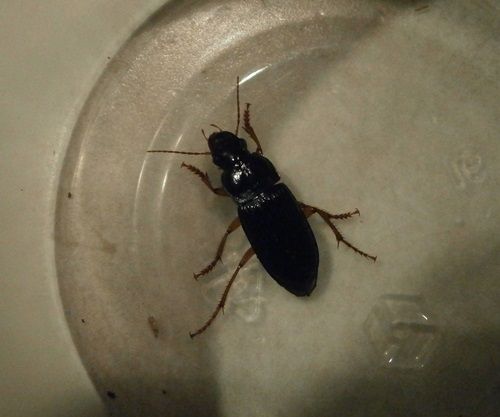
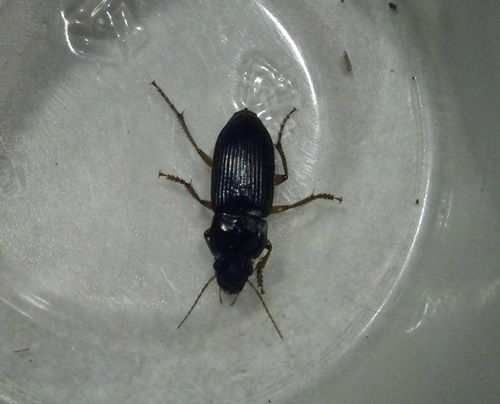
2 day old larva next to a dead Eleodes hispilabris larva.
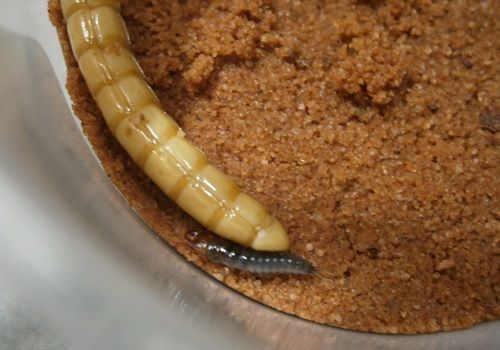
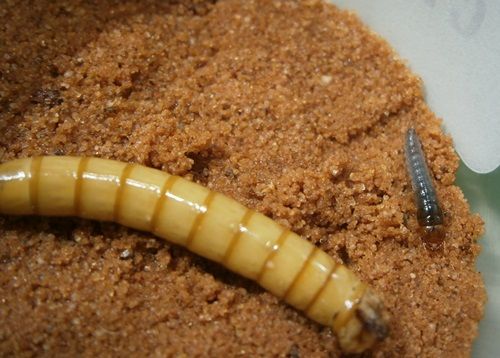
Mature larva.
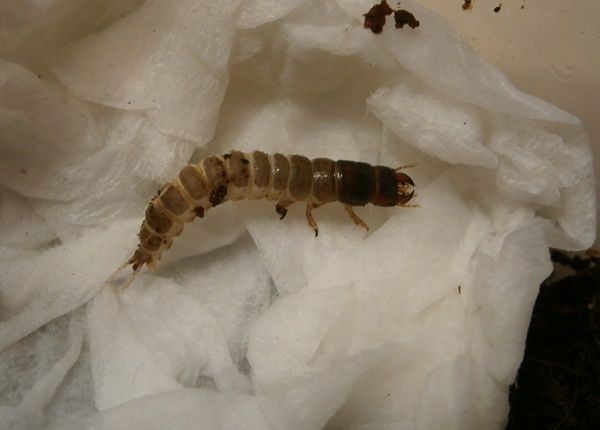
Pupa.
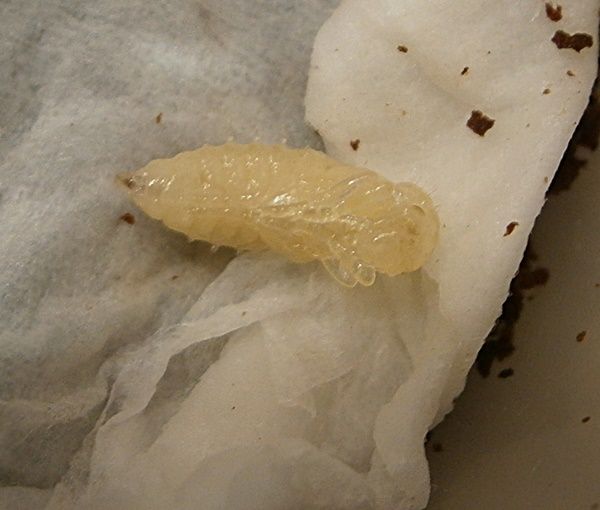
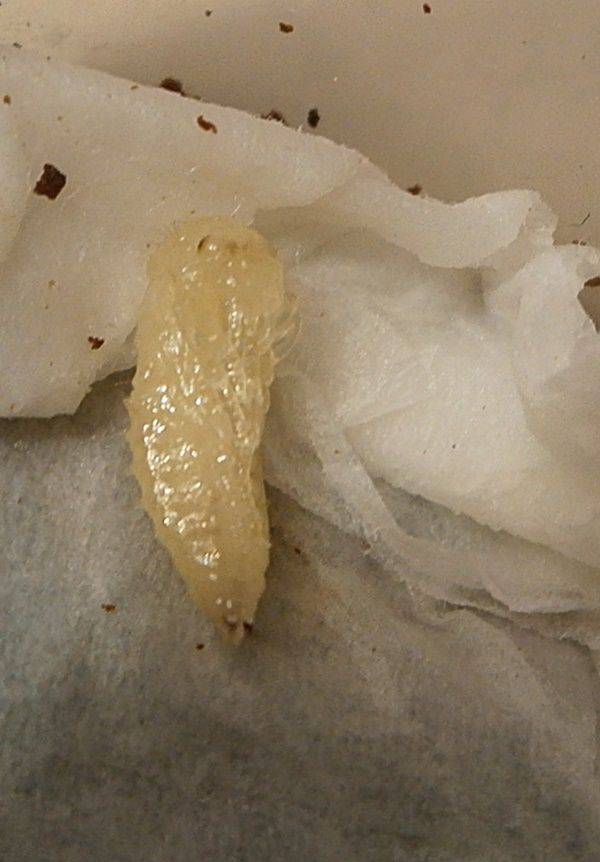
I hope my experience with this species can help others succeed where i could not. Hope you guys enjoy!

I kept the adults in a 24 oz tupperware container, with moist coconut fiber as the substrate. I had about a dozen adults, which ate dog food and dead mealworms. I kept a milk cap filled with wet toilet paper in one corner, and i would pour water over it every week. One day, i went to replace the toilet paper in the cap, and found 3 or 4 eggs in the folds of the paper. I dug around the surrounding substrate, and found even more eggs. The surrounding substrate was very moist/wet. I separated the eggs to a small container with a thin layer of moist toilet paper. In about 4 days, I found 2 little larva crawling around. I separated the larva, and put them each in their own container. They ate dead mealworms (Eleodes larva). Over the next few days, more eggs hatched. The adults were laying eggs nonstop, every other day there would be another 4 eggs! Unfortunately, the larva were very weak, and prone to die off for no apparent reason. However, the adults were laying so much eggs that such losses were easily replaced. Eventually, I was starting to run out of food (I only had 1 or two darkling beetle species at the time, and no actual yellow mealworms). The adults had died of a fungal infection, due to having too much dog food in their diet. I released all but three mature larva. All but one died before pupation, and the one that did pupate died of unknown causes. A sad ending, but at least we know more than we did before. I may try again this year, if i can find some adults. Anyway, here are some pics!
Adults.


2 day old larva next to a dead Eleodes hispilabris larva.


Mature larva.

Pupa.


I hope my experience with this species can help others succeed where i could not. Hope you guys enjoy!
Last edited by a moderator:
